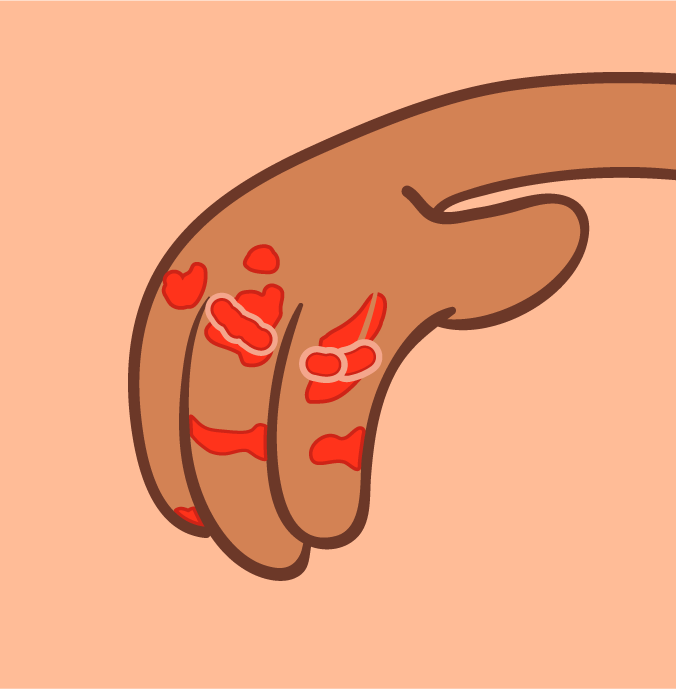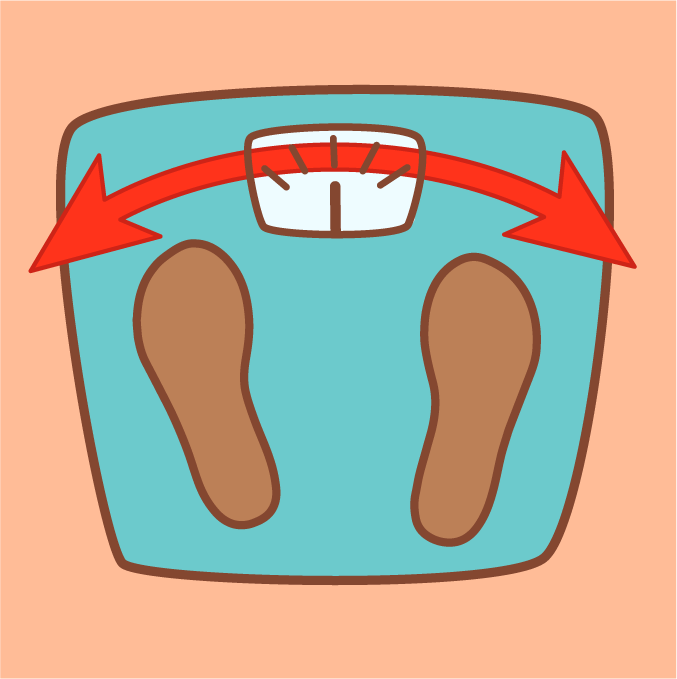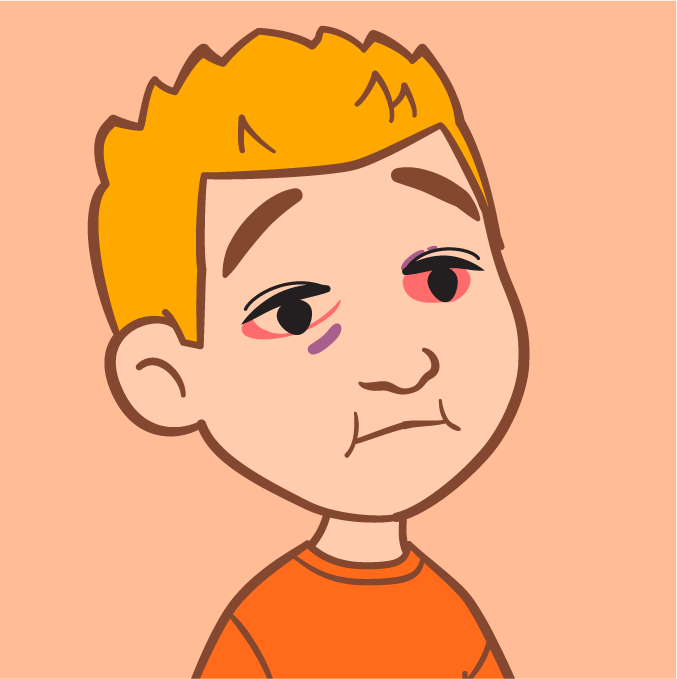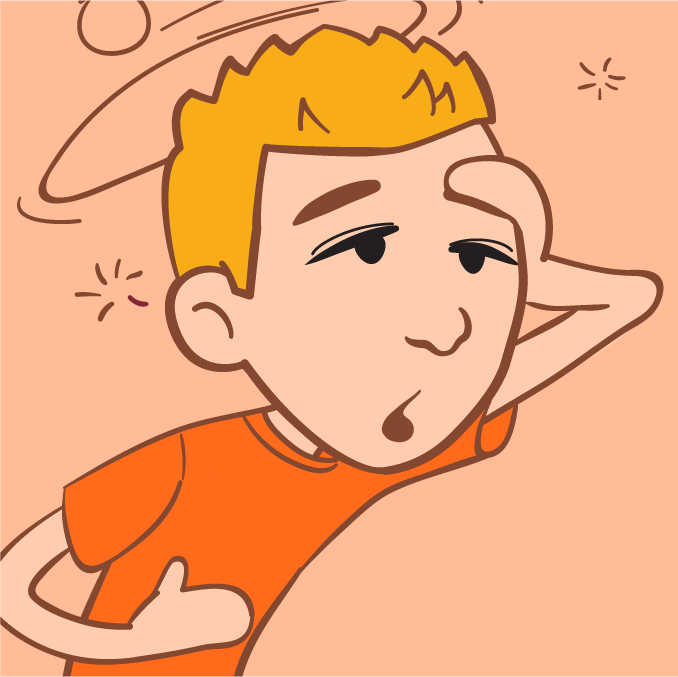 close
close

A person with bulimia may eat faster than expected in an effort to eat a lot of food in a short time.

Binge eating has links with guilt and shame. If someone has bulimia, they might eat in the middle of the night or when no one else around and may hide food wrappers around the home.

Someone with bulimia tends to purge or otherwise compensate for their eating. Purging can include vomiting or taking pills such as laxatives to affect how the body responds to food.

Because their brains are starved of nutrients, a person with bulimia might not think clearly. They may become irritable and have emotional outbursts and sudden mood swings.

Because of their repeated purging, someone with bulimia may develop swollen parotid glands (just in front of their ears). When these glands are swollen, they can make cheeks look puffy.

If someone with bulimia engages in regular purging, their knuckles can get calloused. This is from repeatedly putting their fingers down their throat to induce vomiting.

Someone with bulimia often has average weight, but this can rise and fall quickly due to bingeing and purging cycles.

Repeated attempts to vomit puts pressure on the small blood vessels in the face and eyes. When someone retches regularly over a short time, these small blood vessels can start to burst.

Inappropriate intake of nutrition and fluids, along with purging, may interfere with a person’s electrolyte levels and cause them to feel dizzy, confused or weak.
